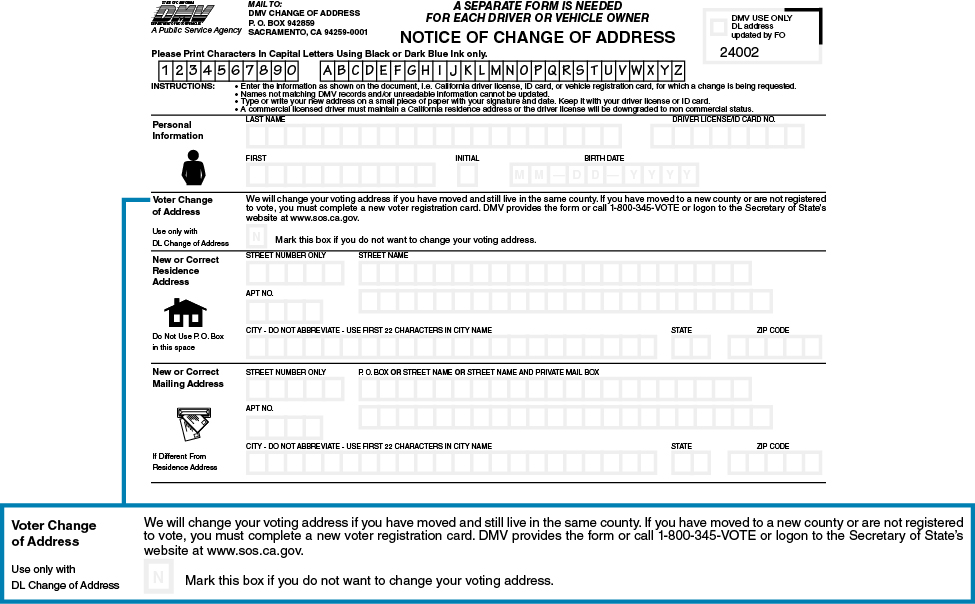| << Chapter < Page | Chapter >> Page > |
In all states except North Dakota, a citizen wishing to vote must complete an application. Whether the form is online or on paper, the prospective voter will list his or her name, residency address, and in many cases party identification (with Independent as an option) and affirm that he or she is competent to vote. States may also have a residency requirement , which establishes how long a citizen must live in a state before becoming eligible to register: it is often thirty days. Beyond these requirements, there may be an oath administered or more questions asked, such as felony convictions. If the application is completely online and the citizen has government documents (e.g., driver’s license or state identification card), the system will compare the application to other state records and accept an online signature or affidavit if everything matches up correctly. Citizens who do not have these state documents are often required to complete paper applications. States without online registration often allow a citizen to fill out an application on a website, but the citizen will receive a paper copy in the mail to sign and mail back to the state.
Another aspect of registering to vote is the timeline. States may require registration to take place as much as thirty days before voting, or they may allow same-day registration. Maine first implemented same-day registration in 1973. Fourteen states and the District of Columbia now allow voters to register the day of the election if they have proof of residency, such as a driver’s license or utility bill. Many of the more populous states (e.g., Michigan and Texas), require registration forms to be mailed thirty days before an election. Moving means citizens must re-register or update addresses (
[link] ). College students, for example, may have to re-register or update addresses each year as they move. States that use same-day registration had a 4 percent higher voter turnout in the 2012 presidential election than states that did not.

Some attempts have been made to streamline voter registration. The
National Voter Registration Act (1993), often referred to as Motor Voter, was enacted to expedite the registration process and make it as simple as possible for voters. The act required states to allow citizens to register to vote when they sign up for driver’s licenses and Social Security benefits. On each government form, the citizen need only mark an additional box to also register to vote. Unfortunately, while increasing registrations by 7 percent between 1992 and 2012, Motor Voter did not dramatically increase voter turnout.

Notification Switch
Would you like to follow the 'American government' conversation and receive update notifications?